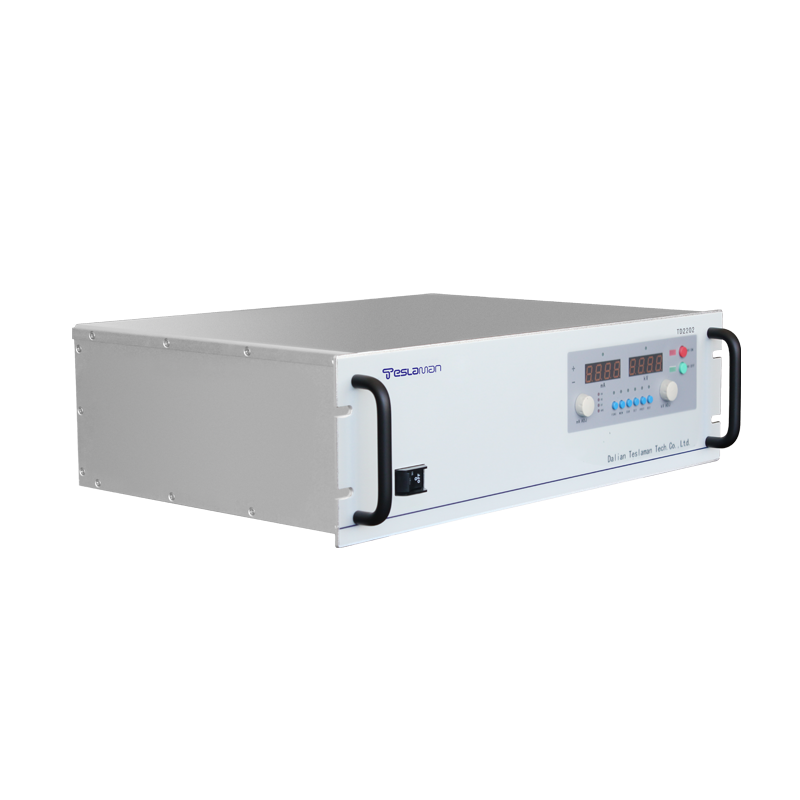Optimization Strategies for High Voltage Power Supply Parameters in Particle Preparation
Particle preparation is one of the key process steps in modern materials preparation. The optimized design of high voltage power supply parameters has a decisive influence on the morphology, composition and performance of the prepared particles. This article will start from the characteristics of particle preparation process, combine with the working principle of high voltage power supply, and discuss the optimization strategies for various key parameters of high voltage power supply in particle preparation.
In the particle preparation process, the raw materials are atomized and ionized by the discharge action of the high voltage power supply, and then uniformly mixed and rapidly solidified to form the target particle products. Compared with the traditional mechanical alloying method, high voltage power supply discharge preparation of particles can achieve sufficient mixing at atomic level and obtain more uniform and finer particles. Therefore, it is crucial to rationally optimize the voltage, current, pulse frequency and other parameters of the high voltage power supply for the performance of the prepared particles.
First of all, we need to consider the balance between thrust density and energy transfer efficiency. Higher thrust density is beneficial for better atomization effect, but also means greater thermal loss. Appropriately increasing the pulse frequency can increase the energy transfer per unit time, but excessively high frequencies will lead to enlargement of thermal affected zone. In general, the thrust density required for particle preparation is 10-100 GW/cm2, and the pulse frequency is 1-100 kHz.
Secondly, reasonably selecting the discharge voltage is critical for obtaining intact particle morphology. Too low voltage will lead to insufficient evaporation of the raw materials, while too high voltage will cause excessive fragmentation of particles. The selection of discharge voltage should also consider the physical properties of the raw materials. For volatile metals, suitable discharge voltage is about 300-500 V; for refractory metals, voltage above 1000 V is required.
In addition, the pulse waveform of the discharge also affects the particle formation process. Square wave is more conducive to material atomization and melting due to its larger peak current and energy aggregation. But the instant high pressure of square wave is also more likely to cause excessive fracture of particles. Modulated waveforms can achieve more uniform energy transfer by controlling the peak current.
In the particle preparation process, it is also necessary to optimize the selection of atmospheric gases. Inert gases can reduce surface oxidation of particles and obtain more delicate spherical morphology. The addition of reactive gases (such as nitrogen) can dope particles and change their composition. In addition, adjusting gas pressure will also affect the discharge vaporization behavior of the raw materials.
In summary, the delicate optimization design of various high voltage power supply parameters is crucial for obtaining ideal particle morphology and performance. This requires fully considering the physical characteristics of particle preparation, balancing thrust density and energy utilization efficiency, selecting appropriate discharge voltage, waveform and atmospheric gases, so as to achieve the best match between the high voltage power supply and the process. With the development of particle preparation technology, intelligent and precise control of high voltage power supply will become a future development trend.




















